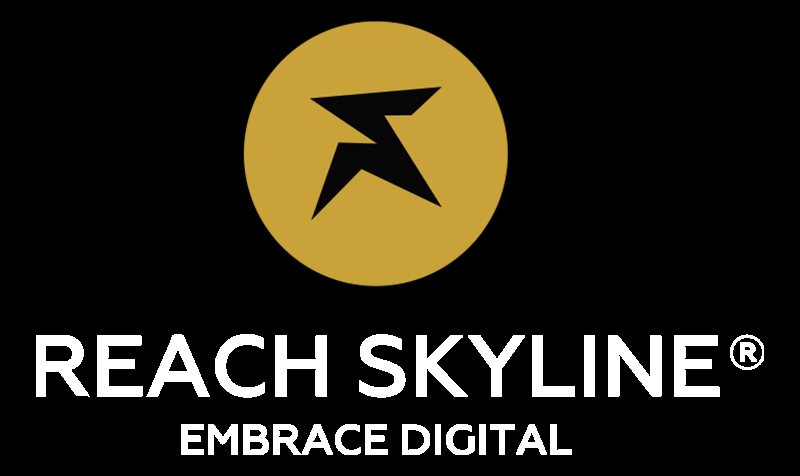Why Every Business Needs a Digital Marketing Agency in 2025
The Growing Importance of Online Presence The business world is evolving at an unprecedented pace, with digital platforms becoming the primary means of engagement for consumers. Companies must adapt to these changes by enhancing their online presence, which is where Digital Marketing Agency services play a crucial role. As technology advances, businesses need expert guidance to navigate complex algorithms, data-driven strategies, and shifting consumer behaviors. A professional digital marketing agency offers the expertise necessary to ensure a business remains competitive in this dynamic landscape. Enhancing Visibility Through Digital Strategies A strong online presence is now an essential requirement rather than an option. Digital marketing agency specialists optimize websites for search engines, manage social media accounts, and run targeted advertising campaigns. These agencies utilize advanced tools and analytics to enhance brand visibility, driving organic traffic and increasing conversions. With the digital space becoming more saturated, businesses that lack strategic marketing efforts risk falling behind their competitors. Engaging a professional digital marketing agency ensures that every marketing initiative is backed by data-driven insights, maximizing efficiency and effectiveness. Adapting to Evolving Consumer Behavior Consumer behaviors are continuously evolving, influenced by technological advancements and shifting market trends. Digital Marketing Agency experts conduct in-depth research to understand audience preferences, crafting personalized campaigns that resonate with potential customers. Traditional marketing approaches no longer yield the same results as before. Businesses must adopt innovative methods such as artificial intelligence-powered analytics, predictive modeling, and automated customer engagement. Agencies provide these cutting-edge solutions, helping brands stay ahead in an ever-changing digital environment. The Role of SEO in Business Growth Search engine optimization remains one of the most critical aspects of online success. A digital marketing agency ensures that a company’s website is optimized for search engines, improving visibility and ranking higher in search results. Effective SEO strategies involve keyword research, content optimization, backlink building, and technical enhancements. By leveraging expertise in these areas, agencies help businesses attract more organic traffic, ultimately leading to increased sales and growth. In a competitive market, SEO is no longer a luxury but a necessity, making the role of agencies even more indispensable. Leveraging Social Media for Brand Engagement Social media continues to be a powerful tool for businesses looking to engage with their audience. Digital marketing agency professionals manage social media campaigns across multiple platforms, creating engaging content that fosters brand loyalty. With constantly changing algorithms and emerging trends, maintaining an active and impactful social media presence requires expertise and consistency. Agencies ensure businesses remain visible and relevant, fostering connections with their audience while promoting products and services effectively. The ability to analyze engagement metrics further enhances decision-making, leading to improved marketing strategies. Maximizing ROI Through Paid Advertising Crafting Compelling Content Marketing Strategies The importance of content marketing continues to grow as consumers seek valuable and informative content. A digital marketing agency crafts compelling blog posts, videos, and infographics that attract and retain customers. High-quality content establishes authority within an industry, enhancing trust and credibility among potential clients. Businesses that consistently produce relevant and engaging content experience higher customer engagement and improved brand reputation. Agencies provide strategic content planning, ensuring that every piece aligns with broader marketing goals and reaches the intended audience. The Power of Email Marketing Email marketing remains one of the most effective ways to nurture customer relationships and drive sales. Digital marketing agency specialists design personalized email campaigns that deliver the right message at the right time. By leveraging automation tools and segmentation techniques, agencies enhance open rates and conversions. Businesses that underestimate the power of email marketing miss out on valuable opportunities to engage with customers and encourage repeat purchases. Agencies ensure that email marketing efforts align with overall digital strategies, maximizing customer retention and revenue generation. Reputation Management in the Digital Age Reputation management is another crucial aspect of digital marketing. Online reviews and customer feedback significantly impact a brand’s reputation. Digital marketing agency professionals monitor brand mentions, address negative reviews, and implement strategies to enhance positive sentiment. A strong online reputation fosters customer trust and influences purchasing decisions. Businesses that proactively manage their reputation are better positioned for long-term success. Agencies provide the expertise necessary to maintain a positive brand image, mitigating risks associated with negative publicity. Utilizing Data Analytics for Growth Data analytics and performance tracking are essential for refining marketing strategies. Digital Marketing Agency experts utilize advanced analytics tools to measure key performance indicators, providing insights into customer behavior and campaign effectiveness. Businesses gain a competitive edge by making informed decisions based on data-driven insights. Without proper analysis, marketing efforts may lack direction and efficiency. Agencies ensure continuous improvement by monitoring performance metrics and optimizing strategies accordingly. The Future of Digital Marketing












